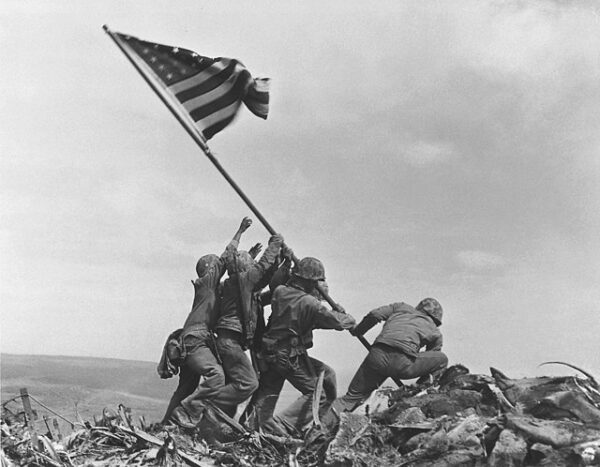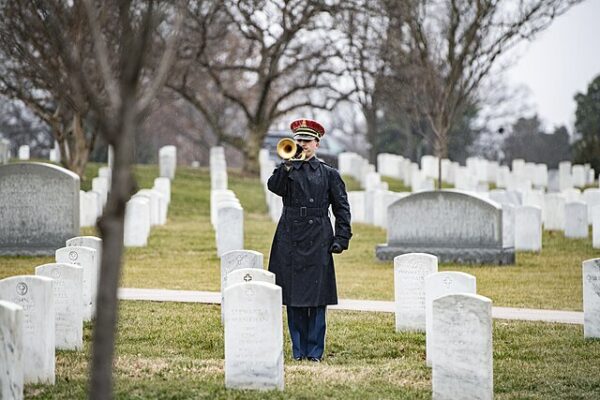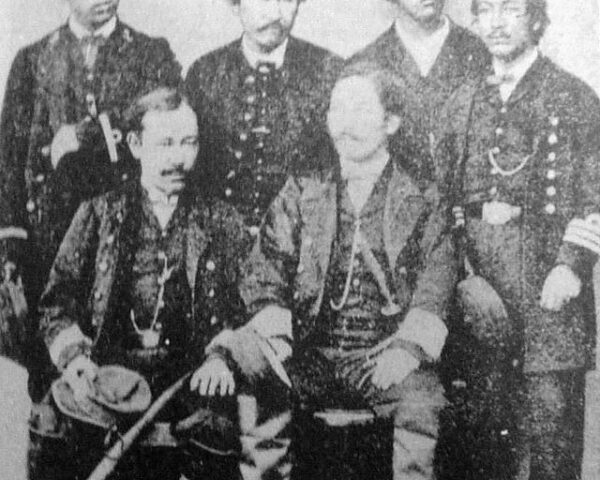During World War II, the Battle of Iwo Jima became one of the most intense and strategically significant confrontations in the Pacific Theater. Located roughly 750 miles from Japan’s mainland, this small volcanic island was of great importance to the United States. Its airfields were essential to Japan’s defensive strategy, and capturing the island would provide the U.S. with a critical launching point for bombing raids on Japan, as well as a safe landing spot for damaged American bombers returning from missions.
The battle began on February 19, 1945, following days of relentless naval bombardment designed to weaken the island’s defenses. However, the Japanese, led by General Tadamichi Kuribayashi, were fully prepared for the assault. Approximately 21,000 Japanese soldiers had fortified the island extensively, building a complex system of underground tunnels, hidden artillery positions, and fortified bunkers. These defenses transformed Iwo Jima into a deadly trap for the invading U.S. forces.
The American invasion force primarily consisted of Marines from the 3rd, 4th, and 5th Marine Divisions. As soon as they landed, they faced immediate and ferocious resistance. The island’s black volcanic sand made movement extremely difficult and hindered the construction of defensive positions. The Marines were met with intense machine-gun fire, mortars, and artillery shells from well-entrenched Japanese positions as soon as they came ashore.
One of the most critical early objectives for the Marines was to capture Mount Suribachi, a volcanic peak rising 546 feet above the island’s southern tip. This strategic high ground allowed the Japanese to direct deadly artillery fire on the beaches. Securing Mount Suribachi would not only provide a tactical advantage but also offer a significant psychological boost to American forces.
On February 23, 1945, five days into the battle, Marines from the 28th Regiment of the 5th Marine Division reached the summit after brutal, close-quarters combat. In a moment that would become legendary, a group of Marines raised the American flag at the top of the mountain. This victory was a powerful symbol of determination and courage, and it immediately lifted the morale of troops still fighting across the island. Later that day, a second, larger flag was raised to ensure greater visibility, and this historic moment was captured by Associated Press photographer Joe Rosenthal. His photograph of six Marines working together to raise the flag became one of the most enduring images of the war, symbolizing not just the bravery of those at Iwo Jima but also the broader perseverance of American forces throughout the conflict.
Despite securing Mount Suribachi, the battle was far from over. The Japanese forces, adhering to a strategy of attrition and determined to fight until the end, continued to resist fiercely from fortified positions across the island’s northern regions. Weeks of brutal cave-to-cave combat followed, leading to staggering losses on both sides. The U.S. eventually secured control of Iwo Jima after 36 days of intense and bloody fighting. However, the victory came at a heavy cost—almost 7,000 American servicemen lost their lives, and over 19,000 were wounded. Nearly all of the Japanese defenders perished, either in battle or through suicide, reflecting their unwavering commitment to defend the island to the very end.
The photograph of the flag-raising on Mount Suribachi became an enduring symbol of American resilience and unity. It inspired the creation of the Marine Corps War Memorial in Arlington, Virginia, and played a significant role in bolstering public support for the war through a bond drive that raised billions of dollars for the U.S. war effort.






